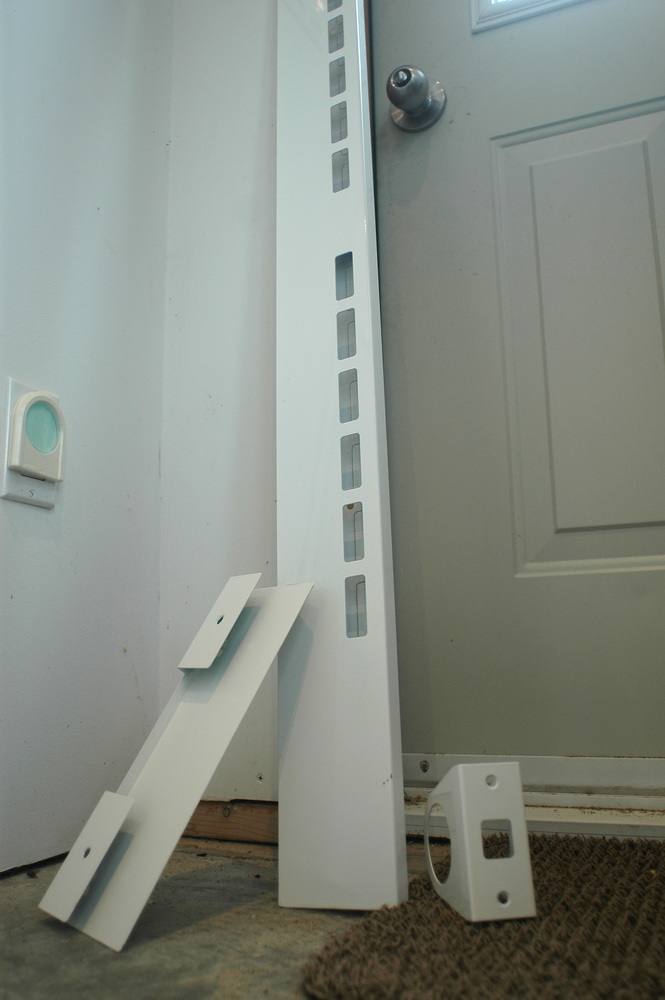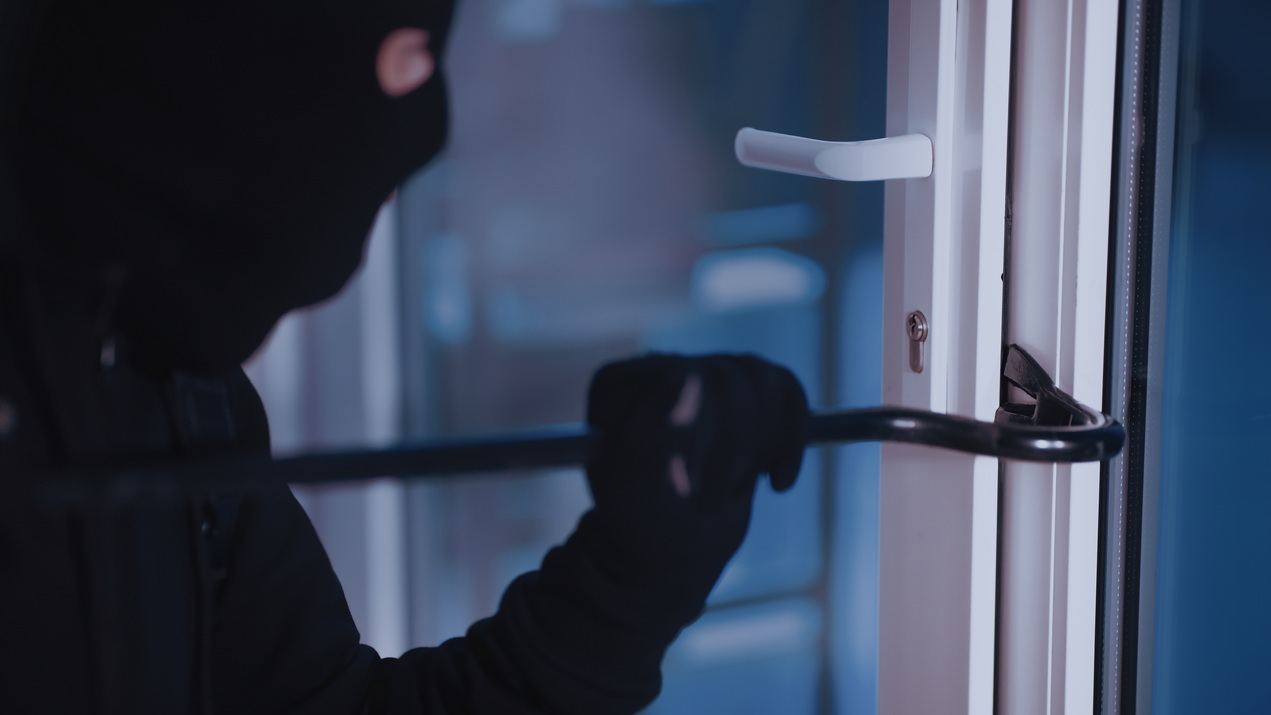The lock on your front door might seem strong, but most homes are just one solid shoulder hit away from unauthorized entry. And this matters because thefts and home invasions are on the rise, with several Canadian cities reporting a 50–400 per cent increase in these crimes over the last few years.
What can you do? Improving the strength of entry doors is top of the list.
The problem with most exterior doors is what happens when the metal deadbolt extends out the side of your door as you flip the key or lever. In almost all cases, it interlocks with a metal plate anchored to a small section of softwood door jamb that’s only about three-quarters-inch square in cross section. That’s the weak link; and it’s very weak indeed.
When I was 12 years old, I got locked out of my parents empty house and one solid body check had the door wide open even though it was locked with a key in the knob and a second deadbolt.
Walk over to your own entry door sometime and look for yourself. If the door frame is wood, you’re probably not nearly as safe as you think. The strength of the wood surrounding the extended deadbolts is completely inadequate.
And in the unlikely event that the weak little door jamb doesn’t tear apart during a break-in attempt, the edge of an average wooden entrance door certainly will. Or perhaps the hinge screws will get torn out.
While typical entrance door installations offer only a superficial sense of security, it doesn’t have to be this way at your house.
If you’re installing new exterior doors, understand that an all-steel model that is pre-hinged into an all-steel jamb is a completely different animal than a wooden door in a wooden frame. Steel eliminates the weak jamb problem once and for all.
This is one reason all-steel doors are used for commercial installations. These systems are trustworthy, though more expensive (and usually more ugly) than conventional, wooden doors.
Just don’t make the mistake of installing a steel-clad residential door in a wood frame, thinking you’ve done something special. These doors are common, and though they’re often called “steel” doors, all they really have is a covering of thin steel over a frame of wood and foam. These conventional steel residential doors offer no significant security benefits because they’re still set into a wooden door frame.

If you’re not in the market for a completely new door, or if you’ve got a wooden door that’s been damaged in a break-in, there’s a solution I’m impressed with. It’s made by a handful of companies and generically called door jamb armour.
Design specifics vary, but all brands include a system of retrofitted sheet steel parts that reinforce the door jamb, the area around the door edge where the deadbolt extends, as well as the opposite edge of the door where the hinges fasten. It takes about an hour to install a kit, and it offers serious benefits.
Appearance of the product is the only drawback to the system that I can see. The factory-painted reinforcing metal is visible around the edges of the door and jamb, and some folks might not like that.
Do you have glass sidelights flanking your entrance door? Many homes do, and the most secure door system in the world is useless if someone can simply smash a bit of glass next to the door, then reach in and flip open the lock mechanism. Decorative steel grilles are the way to prevent trouble.
Is Canada getting more dangerous? It seems so. Doesn’t it make sense to have exterior doors that actually deliver a serious obstacle to intruders, instead of just an inconvenience to the law-abiding people who live inside?


